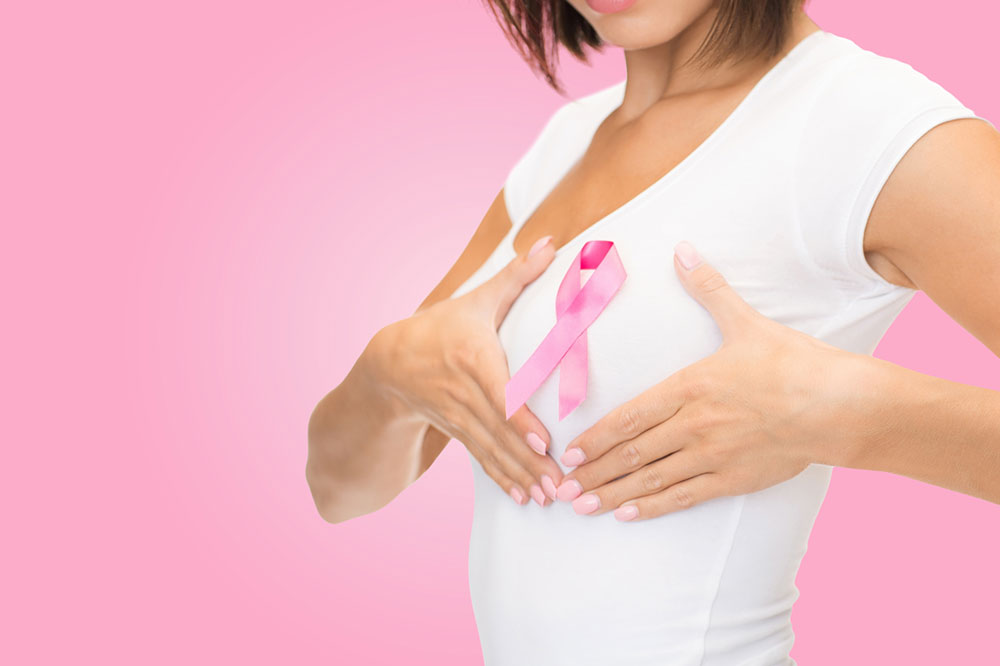
6 Effective Treatment Methods for Breast Cancer
All treatment options for breast cancer are aimed at eliminating the malignant cells and preventing relapse. There are several ways to treat this form of cancer, but the ideal treatment method depends on various factors. Let’s take a look at them:
Surgery
Breast cancer surgery involves either a lumpectomy or mastectomy. A lumpectomy involves removing the tumor along with a small margin of tissues. On the other hand, a mastectomy involves removing the entire breast, including the lobules, ducts, fatty tissue, nipple, and areola. Breast reconstruction surgery can be done after mastectomy. Also, a sentinel lymph node biopsy is required to find out whether cancer has spread to lymph nodes.
Chemotherapy
Chemotherapy is a popular treatment option for breast cancer, wherein strong medications are used to destroy the cancer cells. This therapy can cause side effects like nausea, fatigue, vomiting, and hair loss. Also, some rare side effects include premature menopause, infertility, and nerve damage. Chemotherapy may be given either before surgery to shrink the tumor or after surgery when cancer has spread to other body parts.
Hormonal therapy
Hormonal therapy targets cancer cells that are sensitive to hormones. It blocks the hormones and prevents the recurrence of the disease. The treatments used in this therapy include blocking hormones from attaching to cancer cells and stopping the body from making estrogen after menopause. It can also be used to stop hormone production in the ovaries. This therapy can lead to side-effects like night sweats, hot flashes, and vaginal dryness.
Radiation therapy
Another effective treatment option for breast cancer is radiation therapy. In this therapy, high-energy waves are used to kill cancerous cells. Some of the side-effects of this therapy are fatigue, breast swelling, and redness in the area where the radiation was directed. The following are the different types of radiation therapy:
- External-beam radiation therapy
This therapy can last from several days to weeks and is usually used after a lumpectomy. - Intra-operative therapy
This therapy is provided using a probe while in the operating room. - Brachytherapy
This therapy is performed by placing radioactive material inside the patient’s body.
Targeted therapy
Targeted therapy uses medications that attack cancer’s specific genes, proteins, or the tissue that helps cancer cells grow and survive. Unlike chemotherapy, this therapy is less likely to harm the healthy cells and is given either through a drip into the vein or as tablets. The most commonly used targeted therapy to treat breast cancer is trastuzumab.
Immunotherapy
Immunotherapy is also called biological therapy, and it works by improving or restoring the patient’s immune system with materials either made by the body or in a laboratory. The common side effects of this therapy include skin rashes, diarrhea, weight changes, and flu-like symptoms.
All treatment options for breast cancer come with certain side effects, and a suitable treatment method varies from one person to another. A treatment plan may consist of one or a combination of multiple treatments and will depend on the stage of the disease.


